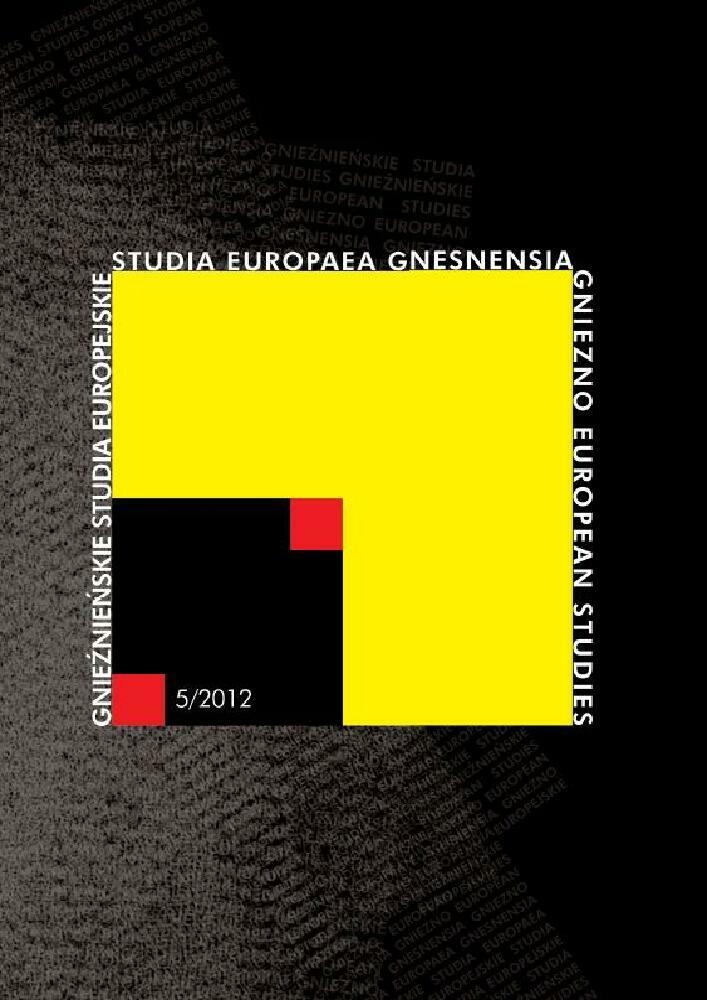Abstrakt
The senatorial career of Rutilius Pudens Crispinus matched the turbulent history of the period. The protagonist of these deliberations began his cursus honorum in a brilliant fashion (praefectus urbi feriarum Latinarum, IIII vir viarum curandarum, quaestor urbanus, aedilis plebis Cerialis, praetor), favoured by Caracalla for his stance during the emperor’s crack-down on his brother. After the death of the princeps, during the rule of Macrinus and Heliogabalus, he was temporarily left out and demoted to less important public posts (curator Fanestrium Pisaurensium, curator viarum Clodiae Cassiae et Ciminiae, iuridicus Aemiliae Etruriae Liguriae). He returned to grace during the reign of Alexander Severus, thanks to the latter’s policy of drawing on the solutions of the first Severs. Crispinus obtained command of a legion (legatus legionis XV Apollinaris), 4 governorships (legatus Augusti pro praetore provinciae Lusitaniae, legatus Augusti pro praetore Thraciae, legatus Augusti pro praetore Syriae Phoenices, proconsul provinciae Achaiae) and a consulate. Under Maximinus the Thracian he commanded the defence of Aquileia. The next emperor, Gordian III granted him important and honourable offices (legatus Augusti pro praetore provinciae Hispaniae citerioris et Callaeciae, curator Teanensium, Interamnatium, Venafranorum, Aquinatium, legatus Augusti pro praetore ad census acceptandos provinciae Lugdunensis et provinciae Hispaniae Baeticae). Crispinus died in a period when his career was gathering pace again , and more promotions seemed in store for him in the near future.
Finansowanie
Grant Narodowego Centrum Nauki zatytułowany „Album senatorów epoki Sewerów (193–235 r.n.e.)”. Projekt jest finansowany ze środków Narodowego Centrum Nauki przyznanych na podstawie decyzji numer DEC-2011/01/B/HS3/01273.
Bibliografia
Alföldy G., Fasti Hispanienses. Senatorische Reichsbeamte und Offiziere in den spanischen Provinzen des römischen Reiches von Augustus bis Diokletian, Wiesbaden 1969, s. 60.
Alföldy G., Konsulat und Senatorenstand unter den Antoninen. Prosopographische Untersuchungen zur senatorischen Führungsschicht, Antiquitas Reihe 1. Abhandlungen zur alten Geschichte, Bonn 1977.
Alföldy G., Senatoren aus Norditalien. Regiones IX, X und XI, Tituli 5, Roma 1982, s. 333.
Dietz K., Senatus contra principem. Untersuchungen zur senatorischen Opposition gegen Kaiser Maximinus Thrax, München 1980, s. 215.
Eck W., Beförderungskriterien innerhalb der senatorischen Laufb ahn, dargestellt an der Zeit von 69 bis 138 n. Chr. ANRW II, 1, Berlin–New York 1974, s. 158–228. DOI: https://doi.org/10.1515/9783110833133-007
Fitz J., Die Verwaltung Pannoniens in der Römerzeit, I–IV, Budapest 1993–1995, s. 860.
Gerasimova Tomova V., Hollenstein L., Neue Meilensteine aus Bulgarien, Epigraphica 40, 1978, s. 91–121.
Leunissena P.M.M., Konsuln und Konsulare in der Zeit von Commodus bis Severus Alexander (180–235 n. Chr.). Prosopographische Untersuchungen zur senatorischen. Elite im römischen Kaiserreich, Amsterdam 1989. DOI: https://doi.org/10.1163/9789004525511
Okoń D., Severi et senatores. Polityka personalna cesarzy dynastii Sewerów wobec senatorów w świetle badań prozopograficznych (193–235 r. n.e.), Szczecin 2009, s. 177 nn.
Šašel J., Caesernii, Živa antika 10, 1960, s. 214.
Schulze W., Zur Geschichte lateinischer Eigennamen, Berlin 1904, s. 222.
Licencja
Copyright © 2012 by IKE and PTPN
